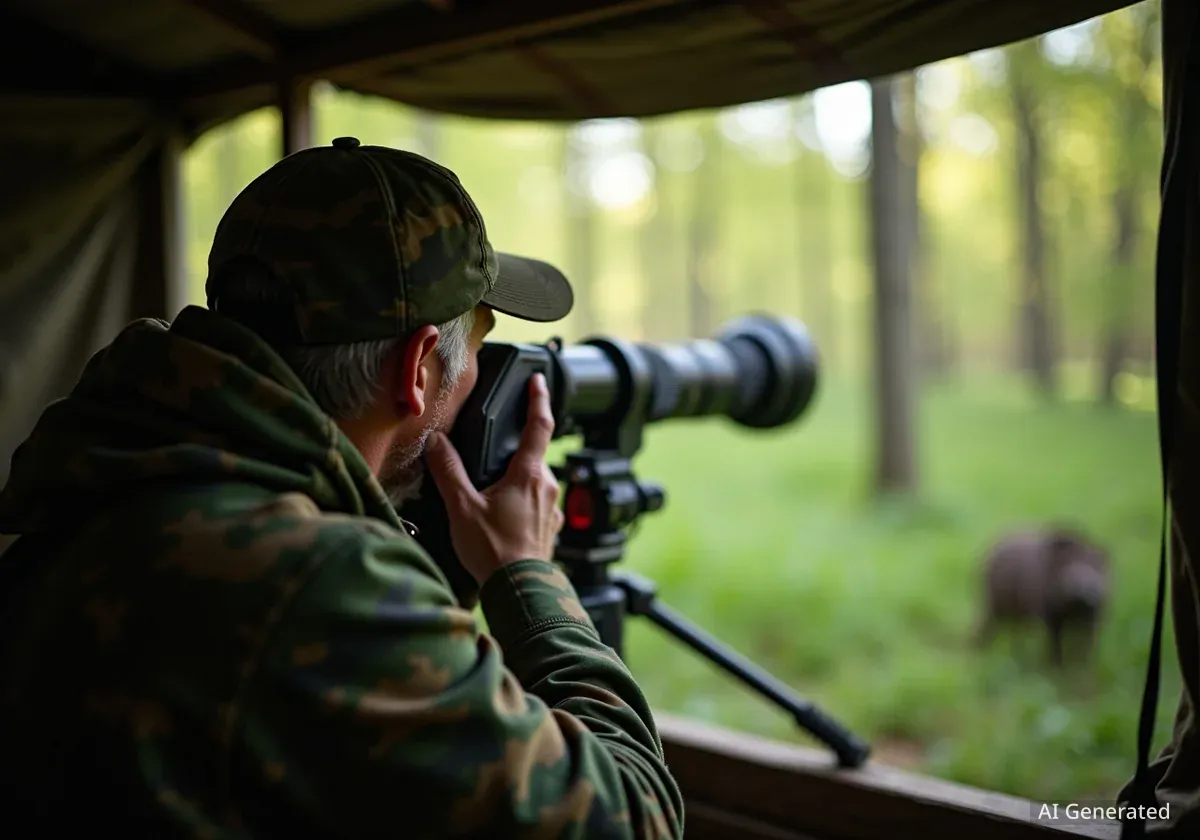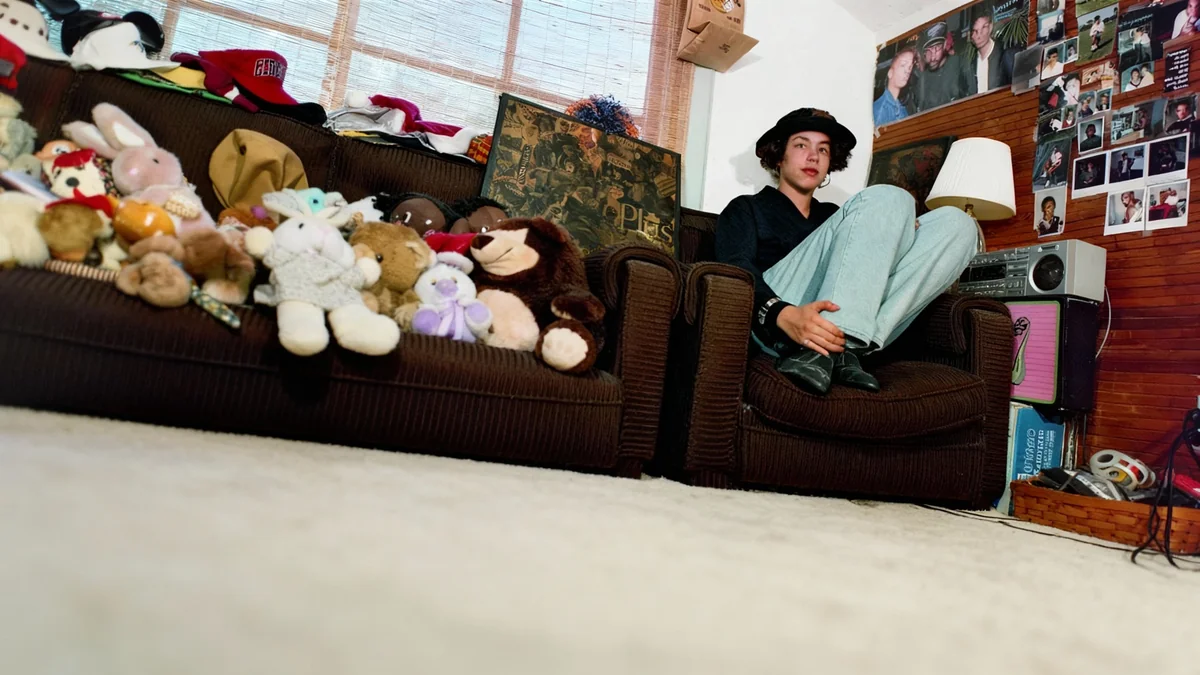In Grand Teton National Park, a photographer successfully lured a fox with food to capture a perfect image. The fox, having become conditioned to humans, was later euthanized by park officials. This incident highlights a growing conflict in wildlife photography: the pursuit of a stunning shot at the expense of the animal's well-being.
For nearly a decade, OM SYSTEM Ambassador Arthur Lefo has dedicated his work to resolving this conflict. He argues that ethical photography is not about following a rigid set of rules, but about cultivating a deep respect for wildlife and understanding the consequences of every action taken in the field.
Key Takeaways
- The well-being of the animal must always take precedence over capturing a photograph.
- Ethical practice relies on observing animal behavior and recognizing stress signals, not just following distance rules.
- Essential gear, such as telephoto lenses and silent shutters, can be critical tools for minimizing disturbance.
- Photographers have a responsibility to share their work in a way that promotes respectful wildlife interaction.
The Three Questions Every Photographer Should Ask
While parks often have specific distance regulations, like the common 100 yards for bears and wolves and 25 yards for other animals, these are minimums. The true ethical distance is determined by the animal's behavior. Arthur Lefo proposes a simple three-question framework to serve as a moral compass in any situation.
1. Is the animal showing stress signals?
Before taking a photo, observe the animal. Signs of stress can be subtle, such as ears laid back, grunting, a fixed stare, or stopping a natural behavior like feeding or grooming. If you observe two or more of these signals, it's a clear indication you are too close and should back away immediately.
2. Am I blocking its resources or escape routes?
A photographer should never position themselves between an animal and its source of food, water, or cover. It is also critical to ensure the animal has a clear path to retreat. If your presence obstructs its movement or access to necessities, you have created a stressful and potentially dangerous situation.
3. Would I need to lie in my caption?
This question encourages self-reflection. If you feel the need to hide how you got the shot—perhaps by exaggerating your distance or omitting that you used bait—then the photograph was likely taken unethically. Honesty in how an image is captured is a cornerstone of responsible photography.
"The animal’s well-being always comes first. No photo is worth stressing wildlife." - Arthur Lefo
Reading the Signs in the Field
Understanding these principles is one thing; applying them in real-time is another. The animal's behavior is the ultimate guide, and learning to interpret its signals is a crucial skill. Here are three common scenarios and the ethical decisions they require.
Scenario 1: The Approaching Moose
Imagine you are photographing a bull moose from 75 yards away as it grazes peacefully. After a few minutes, it begins to walk in your direction, still grazing. In this case, the moose is not showing stress signals and is not being blocked. You have held your position, and the animal has chosen to close the distance. The correct action is to stay put and let the moose control the encounter. If it stops grazing or shows any signs of stress, you should then back away slowly.
Scenario 2: The Grunting Bear
You are watching a grizzly bear from 120 yards away. Suddenly, it stops fishing, looks directly at you, and lets out a single grunt. Even though you are beyond the 100-yard rule, the bear has communicated its discomfort. This is a clear signal to leave immediately.
A Warning, Not a Suggestion
According to Lefo, a bear's grunt is its first warning that you have crossed its comfort zone. Ignoring it can escalate the situation, putting both you and the bear at risk. The proper response is to stop shooting and slowly back away, creating more distance.
Scenario 3: The Growing Crowd
You find a moose feeding near a road, with a few other photographers at a respectful distance. As more people arrive, the crowd swells, and the noise level rises. You notice the moose stops eating and begins scanning the group nervously before retreating into the woods. Even if you acted correctly, your presence contributes to a collective problem. The ethical decision is to pack up and leave, reducing the overall pressure on the animal.
The Right Gear for Respectful Photography
Equipment choices have significant ethical implications. The right gear allows you to capture intimate images without intruding on an animal's space.
Telephoto Lenses Extend Your Reach
The primary challenge for a wildlife photographer is getting a frame-filling shot from a safe distance. A standard lens requires you to get dangerously close, which stresses the animal. A telephoto lens is the solution. "What you need is enough reach to maintain a respectful distance while still filling your frame," Lefo explains. A lens with a 300mm equivalent focal length is a good starting point for most wildlife.
Silent Shutters Minimize Disturbance
The sound of a mechanical shutter can startle wildlife, disrupting natural behaviors. More importantly, it can prevent the photographer from hearing subtle warning sounds from the animal, like a grunt or jaw clack. A camera with a silent electronic shutter eliminates this acoustic pollution, benefiting the animal, the photographer, and others nearby.
Weather Sealing and Ethical Positioning
Sudden rain or snow can force a photographer to choose between protecting their gear and maintaining a respectful position. Weather-sealed equipment removes this dilemma, allowing you to stay in place without risking damage, thus avoiding sudden movements that could disturb wildlife.
Practical Field Techniques
Ethical photography is an active practice that begins the moment you spot an animal.
- Observe First, Shoot Second: When you first see an animal, stop immediately. Take a few "insurance shots" from your current position. Then, lower your camera and simply watch for a few minutes to assess its behavior before planning any further moves.
- Anticipate, Don't Follow: Instead of chasing an animal, try to predict its path and position yourself ahead of it. This allows the animal to approach on its own terms, which is always the most ethical way to get a close-up shot. Never block its escape route.
- Use Your Vehicle as a Blind: Animals are often more tolerant of vehicles than of people on foot. Shooting from your car with the engine off is one of the least disruptive methods, especially in national parks.
- Avoid Drones: Drones are highly disruptive to wildlife. Studies have shown they cause elevated heart rates and can cause animals to abandon their territories, even if they appear calm. In many parks, their use is also illegal.
Sharing Your Work Responsibly
How a photograph is presented matters just as much as how it was taken. Captions on social media can either promote harmful practices or educate others on ethical behavior.
Instead of a misleading caption like, "Got up close and personal with this bull moose!" consider an educational one:
"An incredible morning watching this bull moose from over 80 yards away. I used a 500mm telephoto lens from my vehicle, which acts as a blind. He was completely undisturbed while grazing. The lens compression makes him appear closer than he was."
An honest caption should include your approximate distance, the lens you used, and a description of the animal's behavior. This context teaches viewers that powerful images do not require getting too close and helps set a positive example for the photography community.




